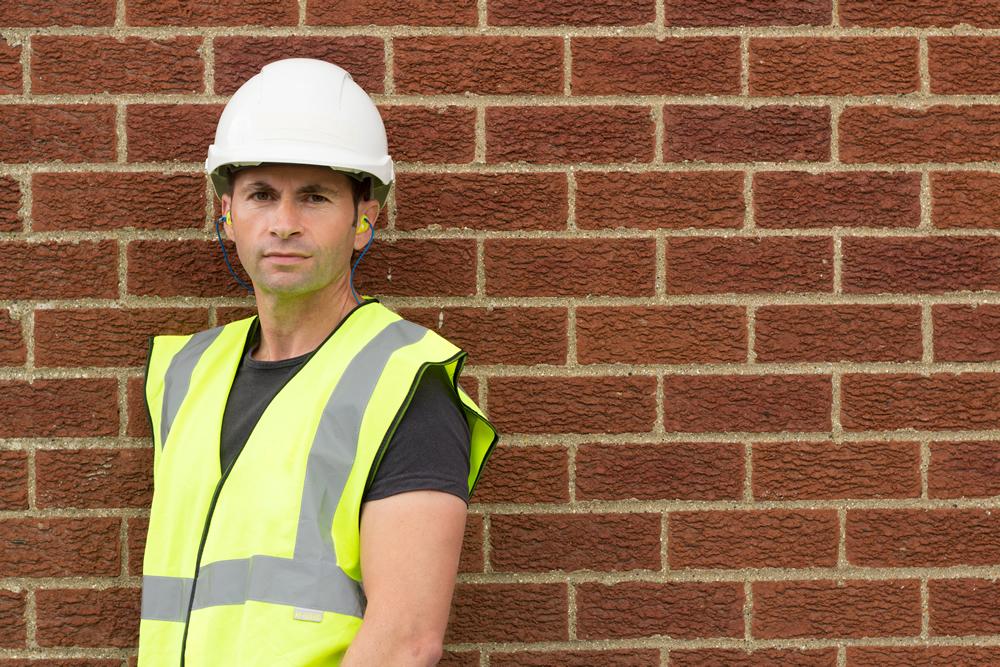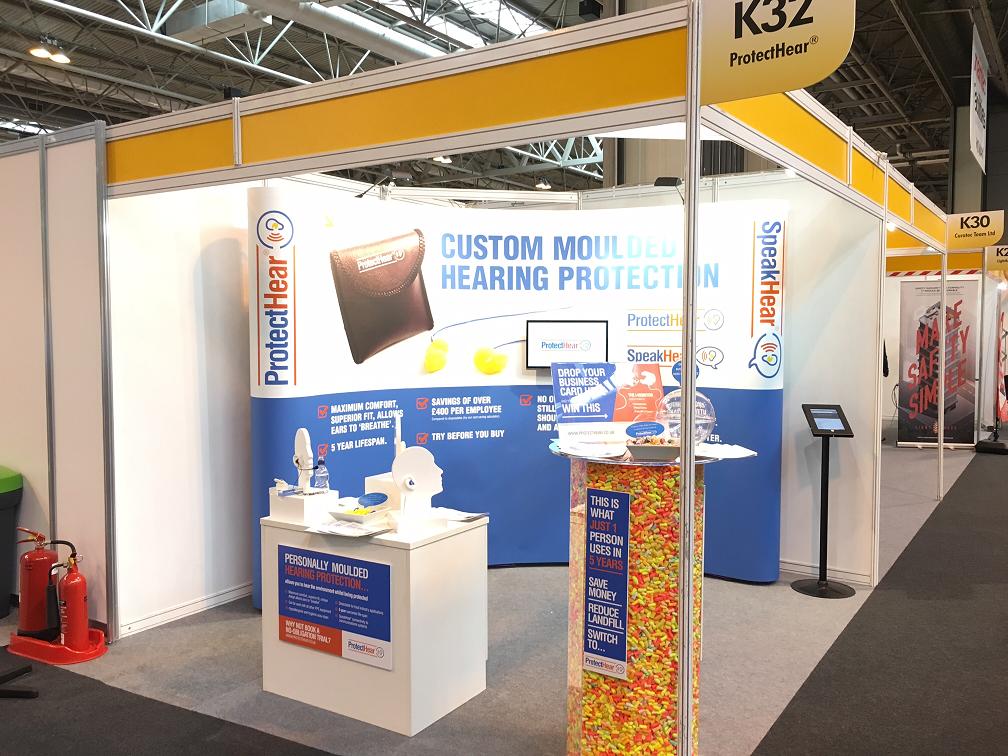Noise Surveys
When is a noise survey appropriate?
It is important that noise surveys are carried out to identify where in the workplace noise issues could occur and protect workers affected in those areas. It is important to assess workers movements around the workplace too. Some workers may spend long periods of their working shifts in noisy areas and noisy tools, whereas others have less or no need to go into the noise exposure zones. This means employers may need to introduce different hearing protection with different attenuation levels across the workforce, so that people are not under/over protected.
Noise levels can change over time due to additional machinery in the workplace or some type of change in work routine. As an employer it is important to ensure you keep on top of your noise assessments, it is recommend that noise surveys are carried out every 2 years.
Around 17% of adults in the UK are affected by Hearing loss which is approximately 11 million people, with 23,000 people from 2015-2018 having work-related hearing loss.
Measuring Noise
When a workplace is due a noise survey, it is recommended a trained noise assessor is appointed to come into the workplace. Initially they will determine if noise testing is necessary. Then, if it is, they would use specialist noise measuring equipment that is fit-for-this purpose. This exercise can vary dependant on the working environment. The instruments used can vary too. For example the Assessor may use ‘dosimeter’ – a specialised sound level meter intended specifically to measure the noise exposure of a person integrated over a period of time used for personal noise exposures. This device can be worn during a work shift to determine the levels of noise during the work; this can also be positioned in the workplace where the noise levels are a concern, to record the noise levels over time. They may also use a ‘Sound Level Meter’ (SLM). An SLM is used to measure general noise levels in areas, this device can be used for noises such as industrial tools /equipment, noise from across boundaries and humming.
What’s the law on noise levels?
When noise levels reach 80 decibels employers must consider their workers’ health and safety and provide information and training for employees. Whereas when the noise level reaches 85 decibels, it is mandatory that employers provide their workers with a suitable form of hearing protection. There are 3 types of hearing protection that can be used, disposable ear plugs, ear defenders or custom made ear plugs.
What’s the best kind of protection for a noisy workplace?
We believe custom ear plugs are the best option for most noisy workplaces across industry. Custom ear plugs are the hearing protection of choice for those employers that need to block out harmful noises for their workers, whilst enabling them to hear important warnings, alarms and conversations. Custom ear plugs are made from a soft hypoallergenic silicone, providing comfort therefore making them wearable all day.
Not only do custom ear plugs help your employees, but they also help your budgets. With a 5 year lifespan you could see a payback period of 18-24 months compared to disposables. We are so confident our custom made ear plugs won’t disappoint, that we offer a ‘Try Before you Buy’ option. You can trial ear plugs for up to 10 people for an 8 week period, with full support from the ProtectHear® team.
Contact us, we are happy to help…
Whilst ProtectHear® do not carry out noise surveys, our team are happy to help you with advice concerning any noise survey queries you may have, to ensure your workers are receiving the correct protection.
If you would like to book a ‘Try Before you Buy’ trial please call us on 01507 604322 during 9am-5pm office hours, email enquiries@protecthear.co.uk, or submit a ‘contact us’ form via our website.






